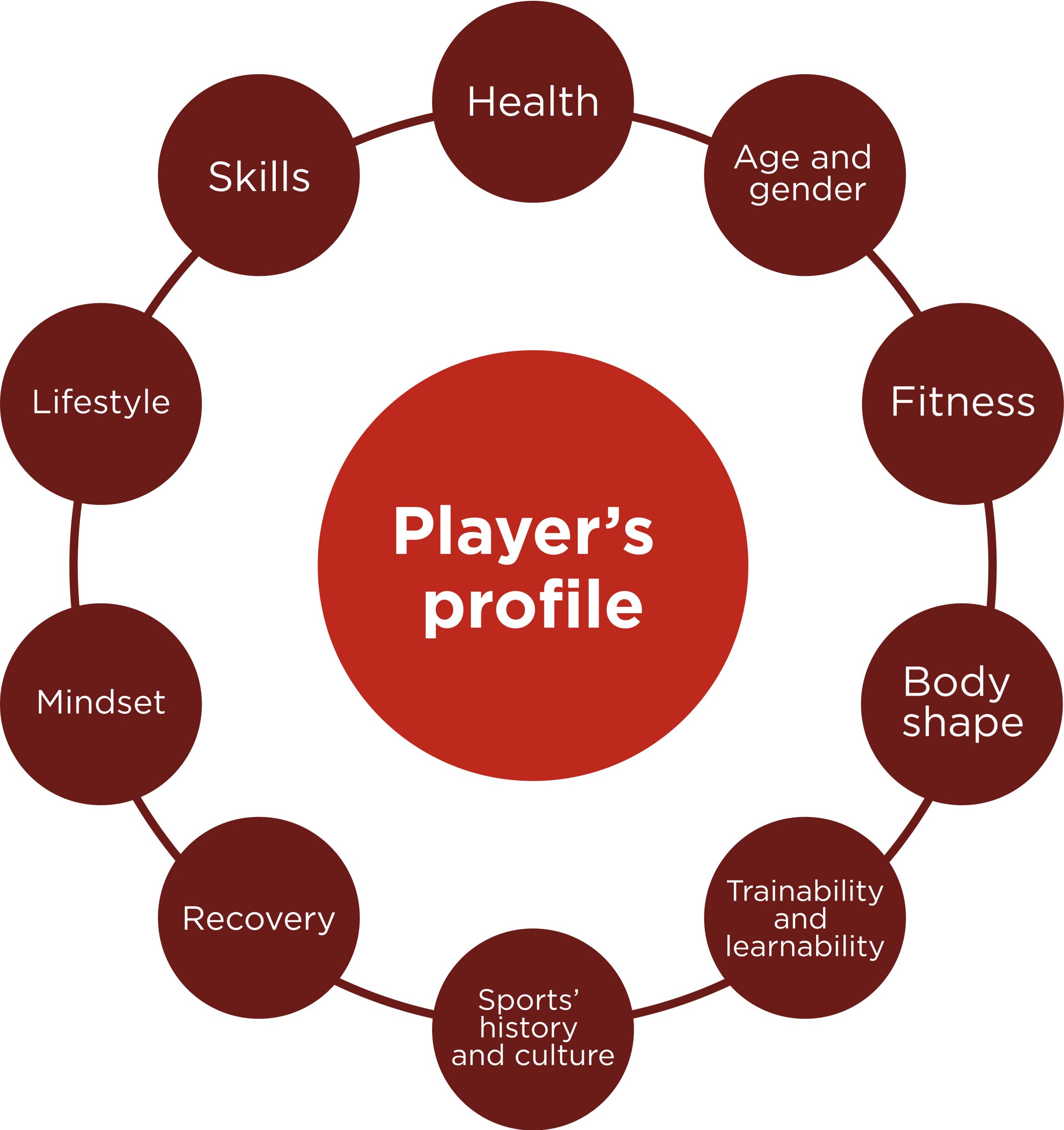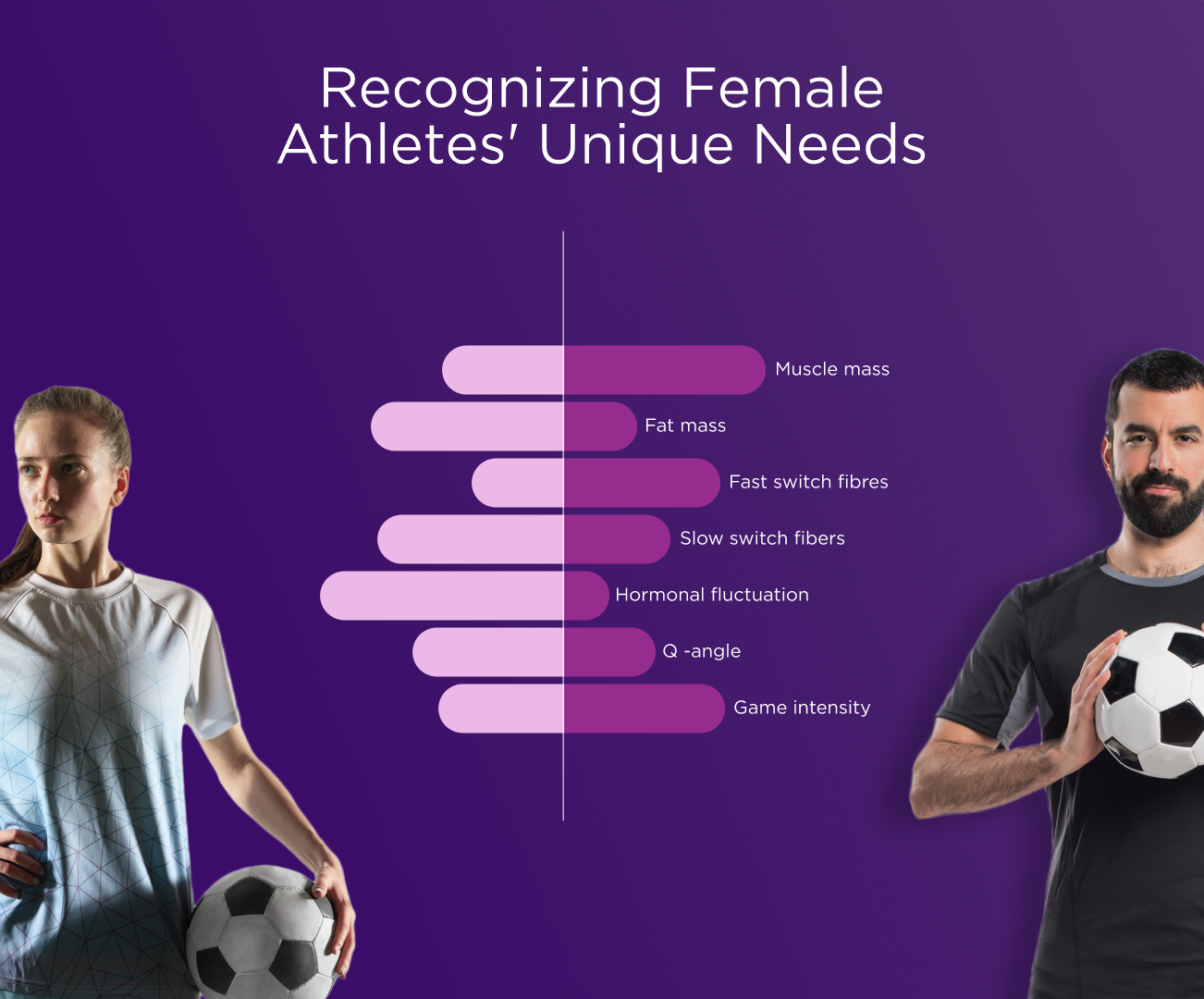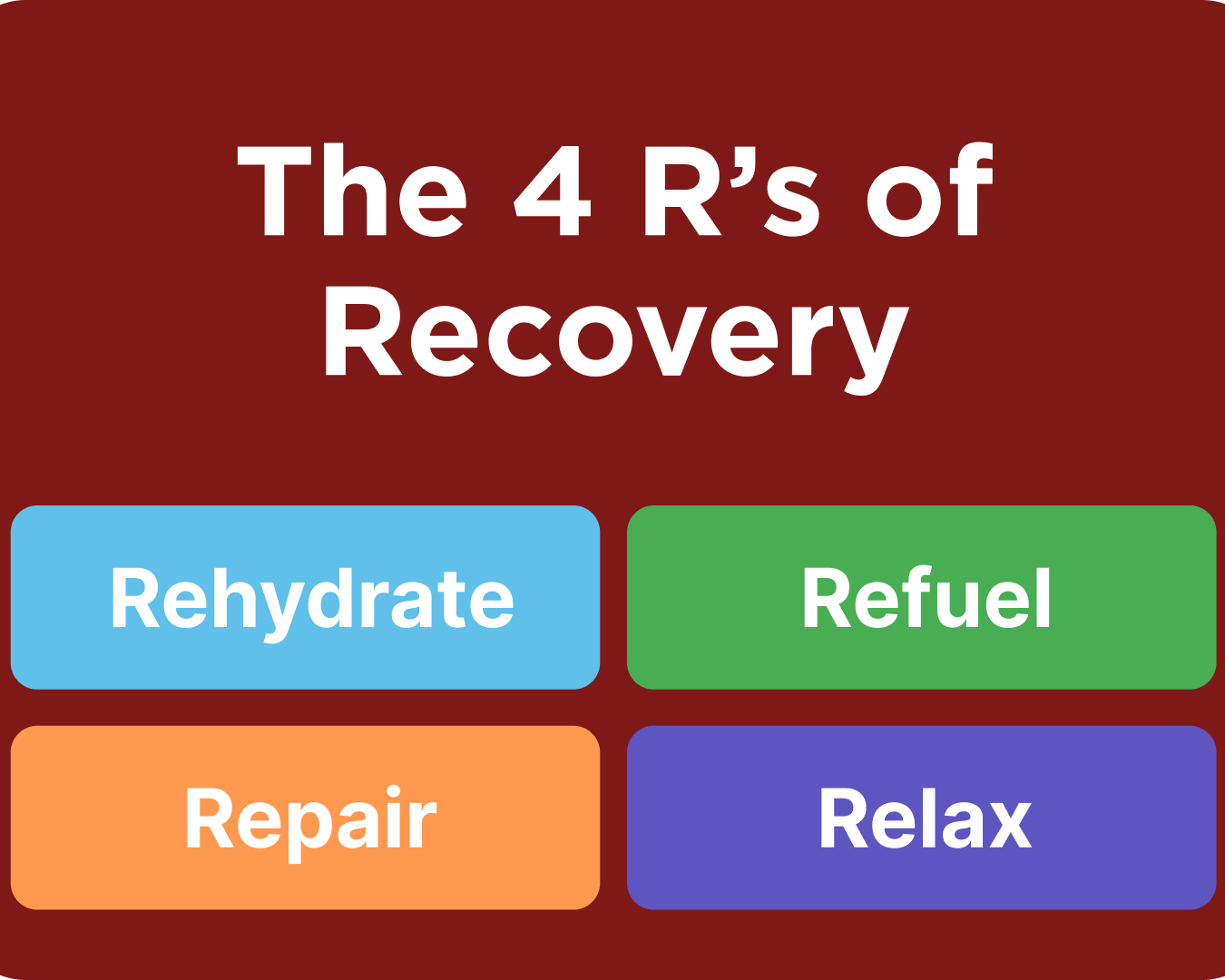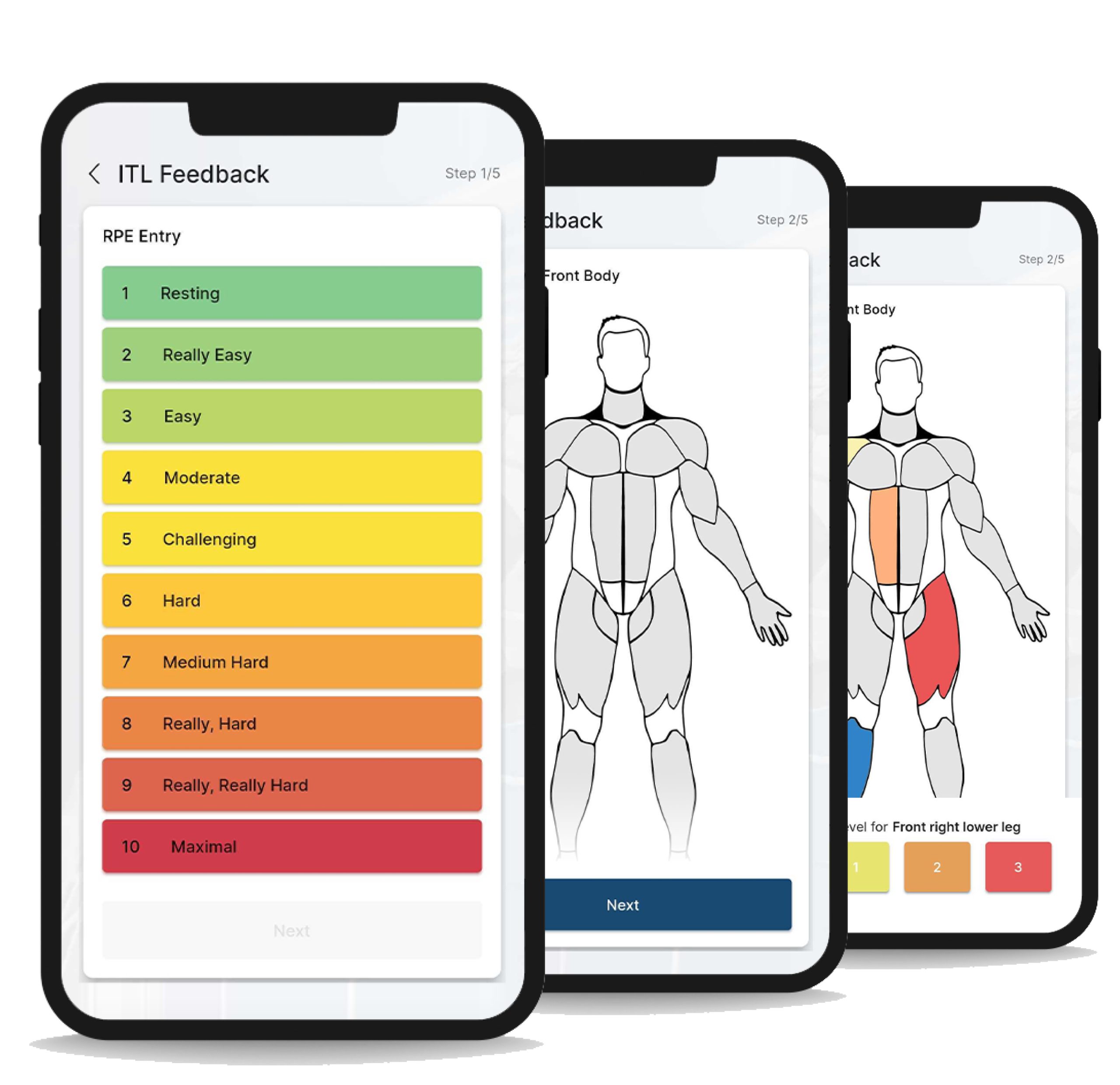Introduction
High-performance coaching is a methodology aimed at helping football players and teams achieve optimal performance levels by focusing on key performance indicators (KPIs) such as physical, technical, tactical, and mental aspects of the game.
This approach goes beyond just practicing and playing, as it involves identifying weaknesses and areas of improvement, creating customized training plans, and monitoring progress toward set goals, which is especially important in football academies and player development in the long run. As an academy physical coordinator at GNK Dinamo Zagreb, I will concentrate more on explaining the combinations of the physical and tactical aspects of high-performance methodology and coaching in football academies.
A high-performance environment is critical for both players and coaches to succeed in football. For players, a high-performance environment provides the tools, resources, and support they need to reach their full potential, both on and off the field. This includes access to quality training facilities, expert coaching, sports science support, and mental skills training.
For coaches, a high-performance environment enables them to create a culture of excellence, where players are motivated and focused on achieving their goals. This involves developing strong relationships with players, setting clear expectations and standards, and providing ongoing feedback and support.
The benefits of using a high-performance approach in football are numerous, and include the following:
- Improved player development: focusing on key performance indicators, helps players improve their skills and abilities, which can ultimately lead to better performance on the pitch
- Enhanced team performance: helps teams to develop a culture of excellence and a common approach to training and preparation, which can lead to improved team performance and success
- More efficient training: by monitoring progress and adjusting training plans accordingly, high-performance coaching can help to optimize training sessions and ensure that players are getting the most out of their time on the pitch
- Increased motivation and focus: helps players set and achieve challenging goals, which can increase motivation and focus both on and off the pitch
- Better injury prevention: helps identifying areas of weakness and create individualized training plans that can help prevent injuries and keep players healthy and performing at their best
The main principles of high-performance coaching and methodology in football can then be defined as:
Goal setting: Setting specific, measurable, attainable, relevant, and time-bound (SMART) goals is a critical component of high-performance coaching. Coaches must work with players to identify goals that are challenging but achievable, and then create a plan to help them reach those goals. By setting and achieving goals, players can build confidence and motivation, which can ultimately lead to improved performance on the pitch. Let’s use a single case. As we all know, teams typically conduct some sort of evaluation at the outset of the preseason. After the initial assessment procedure, we might occasionally repeat the measurements once more throughout the season. The failure to incorporate the results of measurements into training design is a bigger issue than just conducting measurements once more. I frequently encountered this instance. So, it’s difficult to say whether we’re succeeding or failing in our objectives.
Individualization: Every player is unique, with different skills, strengths, weaknesses, and learning styles. High performance coaching recognizes this and provides individualized coaching and training to help each player reach their full potential. By tailoring coaching to each player’s needs, coaches can optimize their development and ensure that they are performing at their best level on the pitch. I like to say, football is a team sport, but a team sport made of 25 or more individuals. We need to remember that. This is even more important when working with young players.

Continuous improvement: High-performance coaching involves continuous monitoring of progress and making adjustments to coaching and training plans as needed. This includes regular feedback sessions with players, data analysis, and ongoing communication with the coaching staff. By constantly striving for improvement, coaches can help players reach new levels of performance and achieve their goals.
Mental toughness: Football is a mentally demanding sport, and high-performance coaching emphasizes the development of mental toughness and resilience. Coaches must work with players to develop coping mechanisms, positive self-talk, and strategies for staying focused and motivated, even in challenging situations.
Data analysis: High performance coaching involves collecting and analyzing data to monitor progress, identify areas of weakness, and make data-driven decisions. This can include analyzing game footage, tracking player performance metrics, and conducting assessments to measure progress against key performance indicators (KPIs).
Individualization and defining KPIs is particularly important in football because of the complex and dynamic nature of the sport. For example, a striker might work with a coach to set a goal of scoring a certain number of goals per season, and the coach might create a training plan that focuses on improving the striker’s finishing ability. In order to achieve this goal, the coach might define KPIs such as shot accuracy, shot power, and the ability to get into scoring positions. By monitoring progress against these KPIs and adjusting the training plan as needed, the coach can help the striker achieve their goal and perform at their best on the pitch. Similarly, by providing individualized coaching and training to each player, coaches can help them reach their full potential and contribute to the overall success of the team.
The importance of people and communication
People and communication are critical components of high-performance methodology and environment in football. The success of a team relies heavily on the quality of the relationships between players, coaches, and staff, as well as the level of communication amongst them.

In his book “Good to Great,” Jim Collins emphasizes the importance of having the right people on the team, stating that “you need to have the right people on the bus, the wrong people off the bus, and the right people in the right seats.” This principle is equally applicable to football teams, where having the right players, coaches, and staff members is essential to building a high-performance culture.
Effective communication is also crucial to creating a high-performance environment. Coaches must communicate their expectations clearly to players, and players must communicate with each other both on and off the pitch. According to a study by the European Journal of Sport Science, “team communication is one of the most important components of successful teamwork” in football. According to my experience, a simple 10-minute brief meeting before the training session can serve as a good place to start.
Furthermore, communication is not just about verbal interactions. Nonverbal cues, such as body language and facial expressions, can also play a significant role in team dynamics. Coaches must be able to read and respond to nonverbal cues from players, and players must be aware of their own nonverbal communication and how it may be perceived by others.
A simple 10-minute brief meeting before the training session can serve as a good place to start.
In addition, creating a positive and supportive team culture can also enhance communication and team dynamics. A study by the International Journal of Sports Science and Coaching found that “team culture can play a significant role in team success, as it can facilitate communication, motivation, and performance.”
Implementing high performance coaching and methodology in professional football clubs
We want a high-performance environment for our players as a high-performance organization. Because we deal with some of the most talented players, our primary goal and mission in the physical department is to provide our players with the best possible conditions. To accomplish this, we must answer some fundamental issues, such as why we are doing things, how and what we will do, and when we will do it (Periodization model). But we also need as many answers as possible to coaching and methodology questions, such as “How to achieve and manage the balance between physical and tactical training?” “Where does the work of a fitness coach stop and where does the work of the football coach start?” “How much training load is enough at the training session before or after the game?” “How to progress in strength over the weeks and years?” We can go like this until the cows go home. But we need to be prepared.
The Box System – Academic Departments
That is why we all have necessary divisions in the academy’s surroundings. In this manner, we can move from department to department, focusing on the most essential KPI for each player and category. It’s similar to a checklist; if all of the boxes are full, everything is fine, and we can move on to the next box until we discover the weakness or problem.

The importance of roles and job description for coaching staff and players
In the world of football, having clearly defined role specifications is vital for success in high-performance environments. This is particularly true in professional teams, where every player must understand their role and responsibilities on the field.
Role specifications help players and coaching staff make informed decisions about tactics and strategy during games. If each player knows their position, responsibilities, and tasks, they can work together more efficiently to achieve a common goal. For example, if a full-back knows that their primary role is to defend and provide support to the central defenders, they can focus on executing these tasks instead of trying to contribute to attacking play, which may not be their strong suit.
In the world of football, having clearly defined role specifications is vital for success in high-performance environments.
Furthermore, well-defined role specifications allow for effective player development. Coaches can provide specific feedback and training to help players improve in their designated roles, and players can work on the areas that they need to improve. By having clear role specifications, coaches can develop a game plan that takes advantage of each player’s strengths while minimizing their weaknesses.
Beyond game strategy, role specifications are also essential for everyday work in football teams. By having clear expectations of what is required in each role, players and staff members can work together more effectively. This can reduce confusion, errors, and conflicts that may arise due to misunderstandings or lack of clarity about responsibilities.
EFTHYMIOS KYPRIANOU STRENGTH & CONDITIONING COACH, SPORTS SCIENTIST divided all the major physical departments into four primary pillars in one of his presentations. This is a great strategy that we use as an example. So, we divided this vast system of physical preparation into four major groups. They are as follows: Performance Methodology, Monitoring, Assessment, and Research.

360° Performance System – the total care of Strength and Conditioning
The real core definition of strength and conditioning is that your job is to make your athletes strong, fast, explosive and durable, period. By doing your job, you will also make your athletes healthy and injury free.
The coordination of the efforts and cooperative actions of all professionals within the sports organization, which includes a greater number of players, is what makes a personalized system of sports preparation in team sports complex. Each participant also has a variety of traits that need to be recognized, examined, and monitored.
Some qualities need to be improved because they are currently in an unacceptable condition. The comparable worth of other characteristics, which are at an acceptable or above average level, should be highlighted. We must comprehend a player’s individual training history, outcomes of personalized assessments, goals, training regimens, and monitoring in order to determine what traits need to be improved.
Each of these components allows us to include a player with his or her performance outcomes, health status, facets of strength and conditioning, and recovery (remember the individual profile).
The example of programs: performance (sport): Te-Ta individual and team exercise, preventive programs for health, strength and conditioning: corrective program, energetic program, strength program and speed program.
When to do programs
I strongly support micro dosing (a different topic, so I will not speak too much about it). We want to make every moment with our players significant and with a purpose when it comes to scheduling sessions and delivering them. We use the time before sessions, during the session, after sessions, and at some special times of the day to work with them.
We can divide it into:
- pre-training
- in-training
- post-training
- special-training

The program focuses on a lower volume of reps and sets during the main session, with an emphasis on higher weight and longer rest periods. This will help the player to focus on building strength and power, while minimizing the risk of injury due to overtraining. The ankle mobility and lower body strength exercises are still included before and after the main session, as well as at other times of the day, to maintain mobility and activation of the targeted muscles.
The program includes ankle circles and ankle alphabet exercises to increase ankle mobility, as well as resistance band ankle inversions and lateral walks to maintain mobility throughout the day. For lower body strength, the program includes Bulgarian split squats, and trap bar deadlift to target the major muscle groups of the lower body.
Conclusion
High-performance coaching is a methodology that focuses on maximizing a football player’s performance level by targeting key performance indicators such as physical, technical, tactical, and mental aspects of the game. Combining physical and tactical aspects is crucial in developing players in football academies. Communication and people are also critical components of high-performance methodology and environment in football. Effective communication and having the right players, coaches, and staff members are essential to building a high-performance culture.
One of the most significant challenges in implementing high-performance coaching is balancing physical and tactical training. Coaches must manage training loads to avoid overloading players and risking injury. However, the goal is to make athletes strong, fast, explosive, and durable while keeping them healthy and injury-free.
A 360° Performance System (Jukic et al, 2021) is necessary to provide personalized sports preparation for football players. This system requires coordination among all professionals within the sports organization, including players, coaches, and staff members. Each participant has unique traits that need to be assessed and monitored to determine what needs improvement. Ultimately, the goal is to create a personalized training regimen that helps players achieve their goals.






